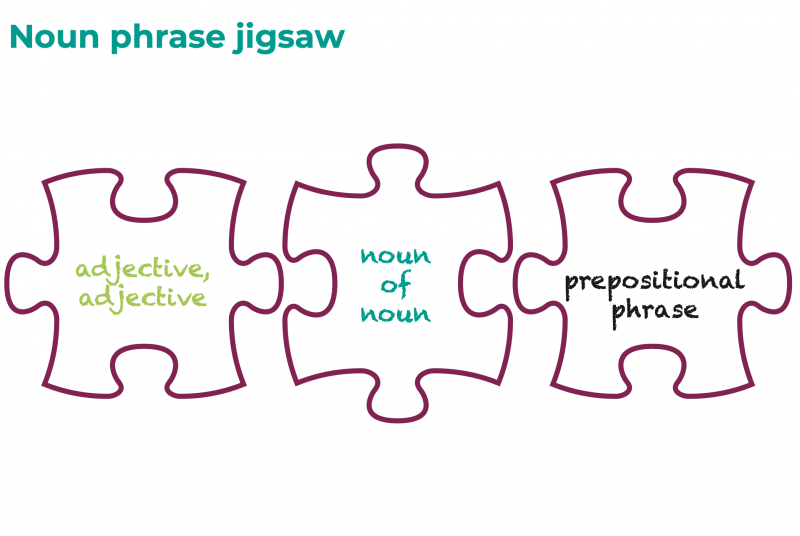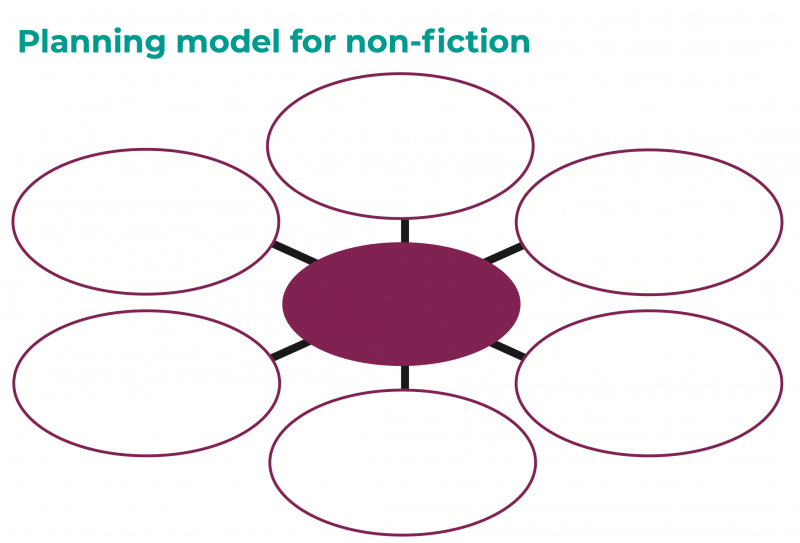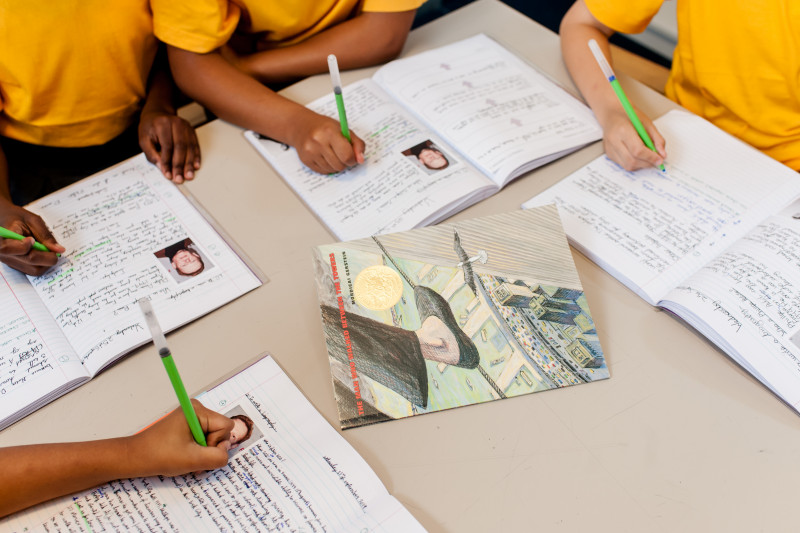Posted on: 23/05/2024
In this latest instalment of our How to Use series, we look at the Literacy Tree Classroom Toolkit. The Classroom Toolkit can be found in the Member Resources section of the website and has a wealth of resources that can be downloaded and used in lessons to support and enhance the teaching of literacy. These resources are highly transferable between various lessons and, if you have used some of our planning already, you may already be familiar with many of them – these tools form the fabric of Literacy Tree pedagogy.
Whilst many of these tools aren’t exclusive to Literacy Tree, they provide straightforward opportunities for children to analyse literature; discover and explore contextualised vocabulary; build phrases and sentences; plan and compose their own writing all with a clear sense of audience and purpose.
This ‘how to use’ guide gives educators an outline of how some of the tools in the Classroom Toolkit could be used… let’s take a closer look to find out about…
Literacy Tree pedagogy always starts with a book. Our planning always immerses children in the world of a book and supports them to discuss various themes, characters and plots.
Activating Inferences is always a useful tool to start with. Children can look at the front cover or a key illustration from the text, noting what they can see ‘what I know’ and what they can infer ‘what I think I know.’ Children can use evidence from the text and conjunctions to justify their inferences. Talk to the Hand is another scaffold to support children ask initial questions about a text as well as make predictions.
As children follow the journey of a character, they can start to plot an Emotions Graph. This graph allows them to summarise key moments in the narrative and, at each plot point, discuss how the character might be feeling. Children can start to become aware of the arc of a character and the adversities that they overcome.
A tool to support children reflect on a text is Likes, Dislikes, Puzzles and Connections. Children work collaboratively to express opinions about aspects of a text they enjoyed and also disliked, ask questions about things that may have puzzled them and make links to other texts, films, theatre productions, school visits or any other valid experience they have had.
Many of the books we choose – unless they’re solely picture books – have one thing in common: quality language and vocabulary. Our aim is that children have frequent opportunities to discover, record and build on the vocabulary from these texts.
Grammar Splat is a valuable resource which can be placed on working walls. Children record vocabulary they have discovered in the text or in the lesson, write them on post-it notes and stick them to the appropriate word class. Children can discuss how the word is being used in this context. Is it being used as a verb or a noun? How do we know? As the children journey through the sequence of lessons, the Grammar Splat becomes more populated with words that they have discovered together in context and can appropriate.

Shades of Meaning is a fun way for children to order synonyms. Children choose a ‘base’ word and, using a colour chart with different shades of the same colour, identify alternative words with the same meaning, matching their strength to the intensity of colour. This is best done collaboratively, giving children an opportunity to discuss and rehearse.
Zone of Relevance is a strategy for activating vocabulary by providing children with a range of adventurous/ambitious vocabulary that they order and arrange on a ‘target’ depending on their relevance to a setting, atmosphere, character or theme. On the Dot or Not is an effective variation of this for younger children, allowing them to decide whether or not a word is relevant for a given context.
Scattered amongst many Literacy Tree Writing Roots are ways for children to build phrases (noun or adverbial).
Noun Phrase Jigsaw helps children build more complex noun phrases. These three jigsaw pieces can be used to add two adjectives before a noun, extend with a prepositional phrase or put together a concrete and abstract noun. There are many variations, allowing children to hone there descriptive techniques. Jigsaw Feelings builds on this, giving children options to mix and match adjectives, concrete noun, abstract nouns and prepositions to create bombastic, melodramatic descriptions of how a character might be feeling at a given point in a story…a perfect resource for writing in role.

There are also a variety of planning tools in the Classroom Toolkit to support children compose their own pieces of writing whether this be narrative pieces using the Story Mountain (great for younger children) or the Bare Bones Planning or the Planning for Non-fiction spider diagram. These could be enlarged so children can have space noting down their ideas and summaries.
Creating Conversations can be a great template for planning dialogue between two characters ready to be integrated in narrative. Relative for Reporting can be an effective template for planning non-fiction speech and quotations; the relative clause giving this a more factual tone.


Finally, there are the Diagrammaticals which are a series of posters that can be enlarged and places on Working Walls. These are simple, effective ways to help children visualise and understand complicated concepts such as distinguishing between tenses, sentence types and identifying conjunctions, prepositions and adverbs.
It is worth downloading our Glossary which defines more of the common tools and Literacy Tree phrases that come up time and time again in this book-based planning. By journeying through a variety of planning resources, whether this be for writing, reading or spelling, children and teachers alike will become au fait with these tools and even develop their own ways of using them.
Posted in: How to use